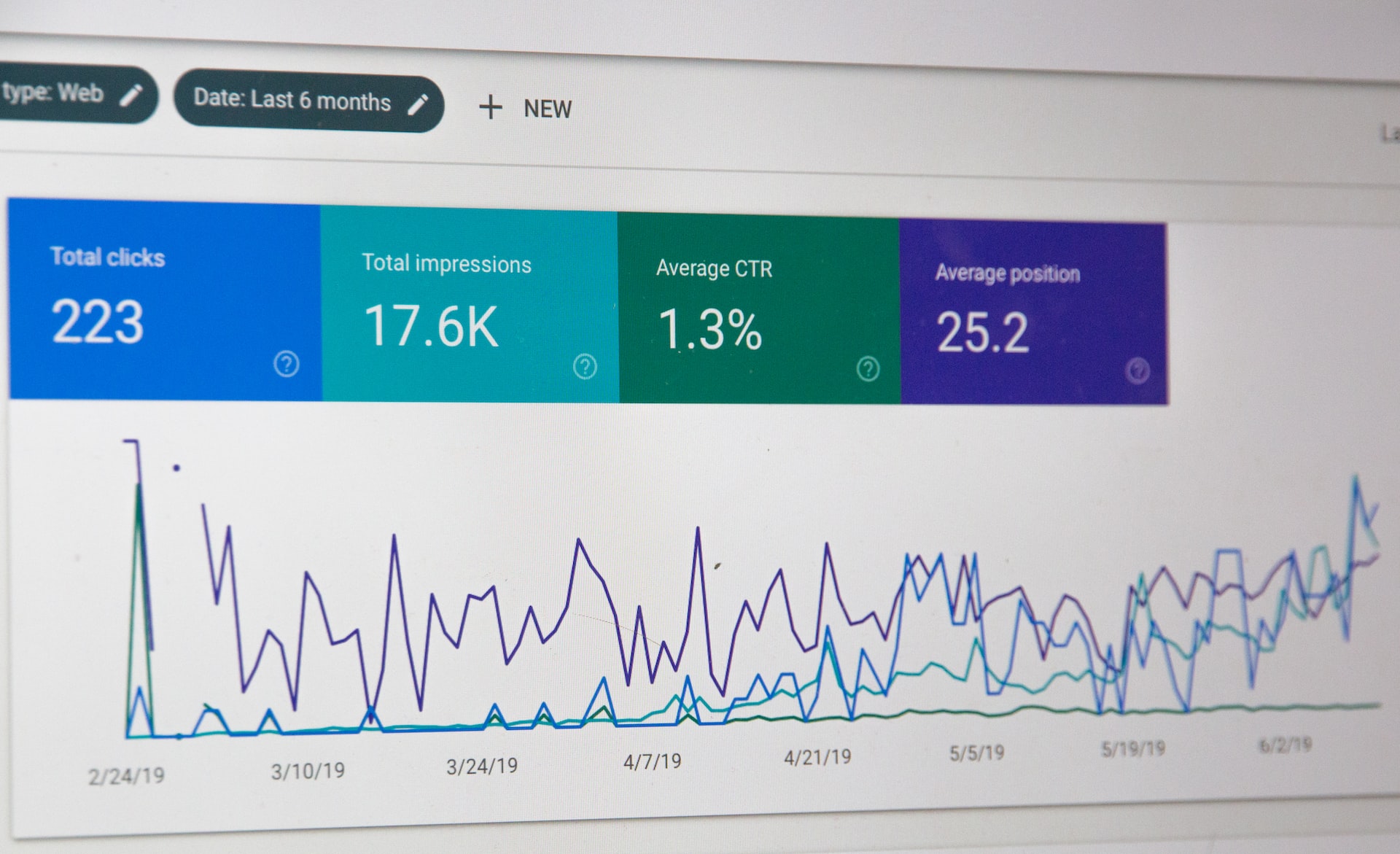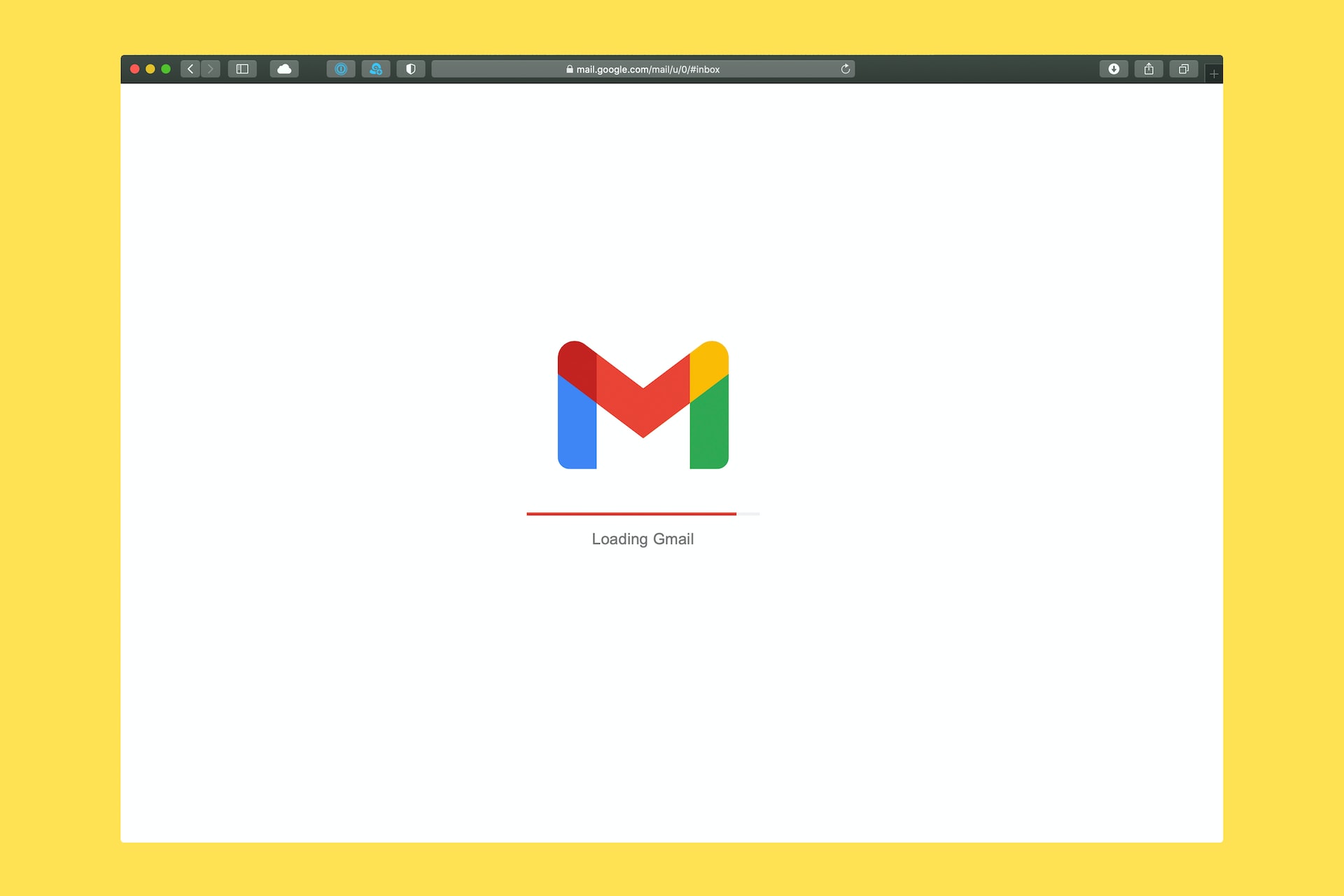Unlocking the Power of Word-of-Mouth Marketing
Word-of-mouth marketing is one of the most powerful drivers of growth. Studies show that
92% of consumers trust recommendations from friends and family over any other form of advertising. A referral program can leverage this trust and amplify your customer acquisition efforts.
Take Dropbox, for example. The cloud storage company built a successful referral program, which
increased their signups by 60%. Their program offered additional storage space to users who referred friends, resulting in a win-win situation for both parties.
Key Elements of a High-Impact Referral Program
To create an effective referral program, consider the following essential elements:
Define Your Goals
Before designing your referral program, establish clear goals. For instance, do you want to increase your customer base or improve customer loyalty? Having defined goals helps you measure the success of your program and make data-driven decisions.
Identify Your Ideal Referral Sources

Provide a Simple Referral Process
Make the referral process easy and straightforward. The fewer steps involved, the more likely customers are to participate. A great example is Uber's referral program. The ride-hailing app allows users to
share their unique referral code with friends, who then input the code during signup to receive a discount on their first ride.
Incentivizing Referrals: Finding the Right Balance
An essential aspect of any referral program is the incentive structure. Here are some tips for determining the right rewards for your customers:
Offer Mutual Benefits
Ensure that both the referring customer and the referred friend receive a benefit. The popular meal-kit delivery service, HelloFresh,
offers a $20 discount to both parties when a new customer signs up using a friend's referral code.
Test Different Incentives
Experiment with various incentives to discover what works best for your audience. For example, try offering discounts, gift cards, or exclusive access to new products or features. Keep in mind that some customers may value non-monetary rewards, such as social recognition or charitable contributions.
Monitor the Cost of Your Incentives
Promoting Your Referral Program Effectively
A well-promoted referral program can significantly increase its success. Here are some tactics to promote your program:
Integrate Referrals into Your Customer Experience
Seamlessly incorporate your referral program into your customers' journey. For instance, consider adding referral prompts to your website, app, or email communications. Airbnb effectively uses this approach by
encouraging users to invite friends through their account dashboard.
Leverage Social Media
Social media platforms are a powerful way to promote your referral program. Encourage customers to share their referral codes or links on Facebook, Twitter, LinkedIn, or Instagram. Tesla, for example,
allows customers to share their referral links on various social media platforms, which results in increased brand exposure.
Collaborate with Influencers
Partner with influencers in your industry to expand the reach of your referral program. Influencers can promote your program to their followers, creating trust and credibility. Glossier, a beauty brand, successfully
utilized influencers and brand ambassadors to promote their referral program and grow their customer base.
Monitoring and Tweaking Your Referral Program for Success
Continuously tracking and adjusting your referral program is vital for long-term success. Here's how to optimize your program:
Analyze Key Performance Indicators (KPIs)
Monitor KPIs such as the number of referrals, conversion rates, and customer lifetime value to gauge your program's success. Analyzing this data will help you make informed decisions about adjusting your referral program.
Gather Customer Feedback
Solicit feedback from customers to gain insights into their experience with your referral program. This feedback can help you identify areas for improvement and make the necessary changes.
A/B Test Your Referral Program
Experiment with different elements of your referral program, such as messaging, design, or incentives. A/B testing will allow you to determine what resonates best with your customers and drive better results.

Examples of Successful Referral Programs
Drawing inspiration from successful referral programs can help you create your own. Here are a few examples:
Amazon Prime: The popular subscription service offers a
referral program that rewards referrers with a $5 Amazon credit for every referred friend who signs up for Prime.
Common Referral Program Pitfalls to Avoid
Creating a successful referral program also involves avoiding common mistakes. Here are a few pitfalls to watch out for:
Lack of Clarity: Ensure your referral program is easy to understand and has clear terms and conditions. Ambiguity can deter customers from participating.
Poor Timing: Timing is crucial when promoting your referral program. Avoid asking customers for referrals immediately after they sign up. Instead, give them time to experience your product or service before asking for a referral.
By following these guidelines and learning from successful examples, you can create a referral program that drives growth for your business. Remember to continuously monitor, optimize, and promote your program to maximize its potential.
With a well-executed referral program, your business can harness the power of word-of-mouth marketing, build a loyal customer base, and establish a strong reputation in your industry. So, start designing your referral program today and watch your business thrive!






